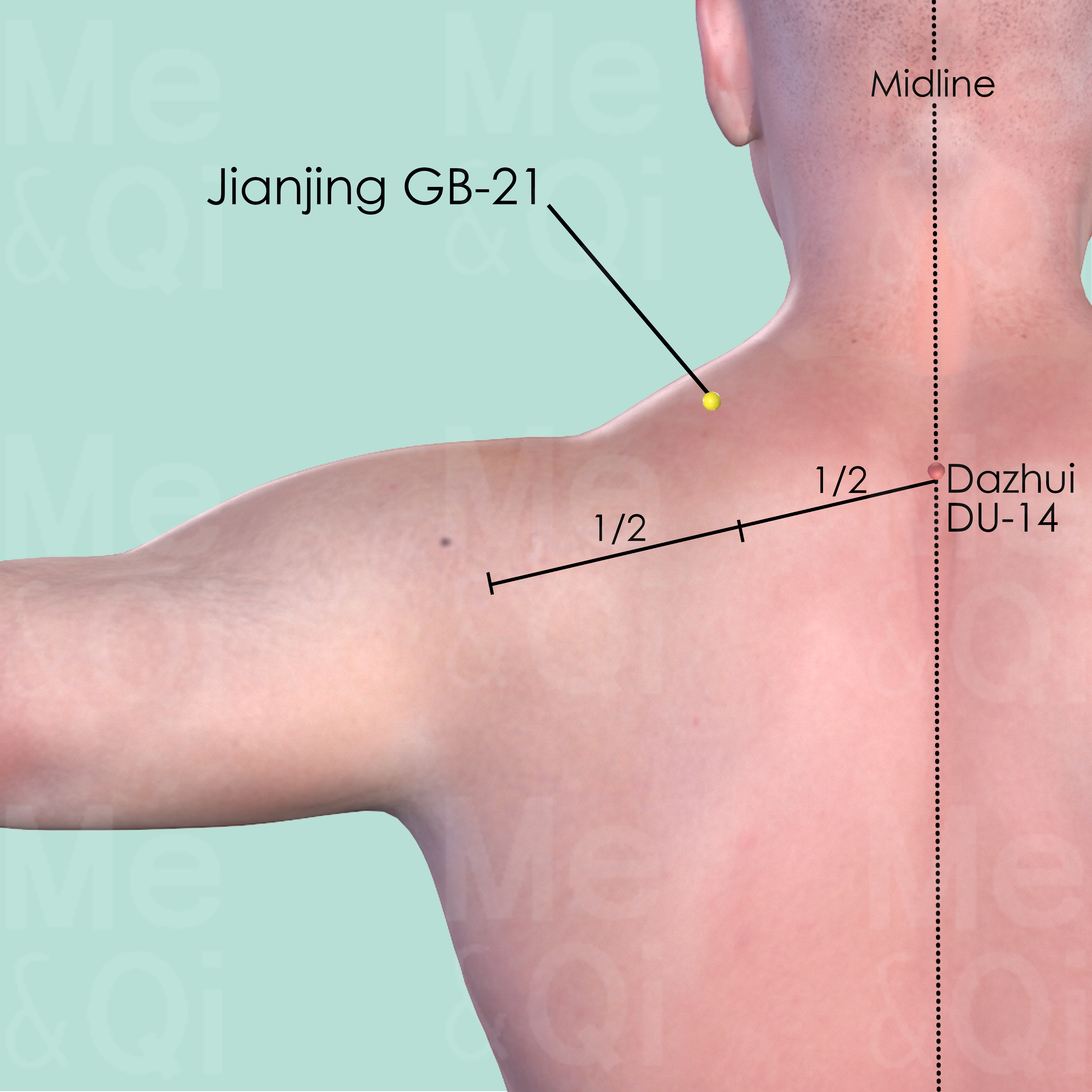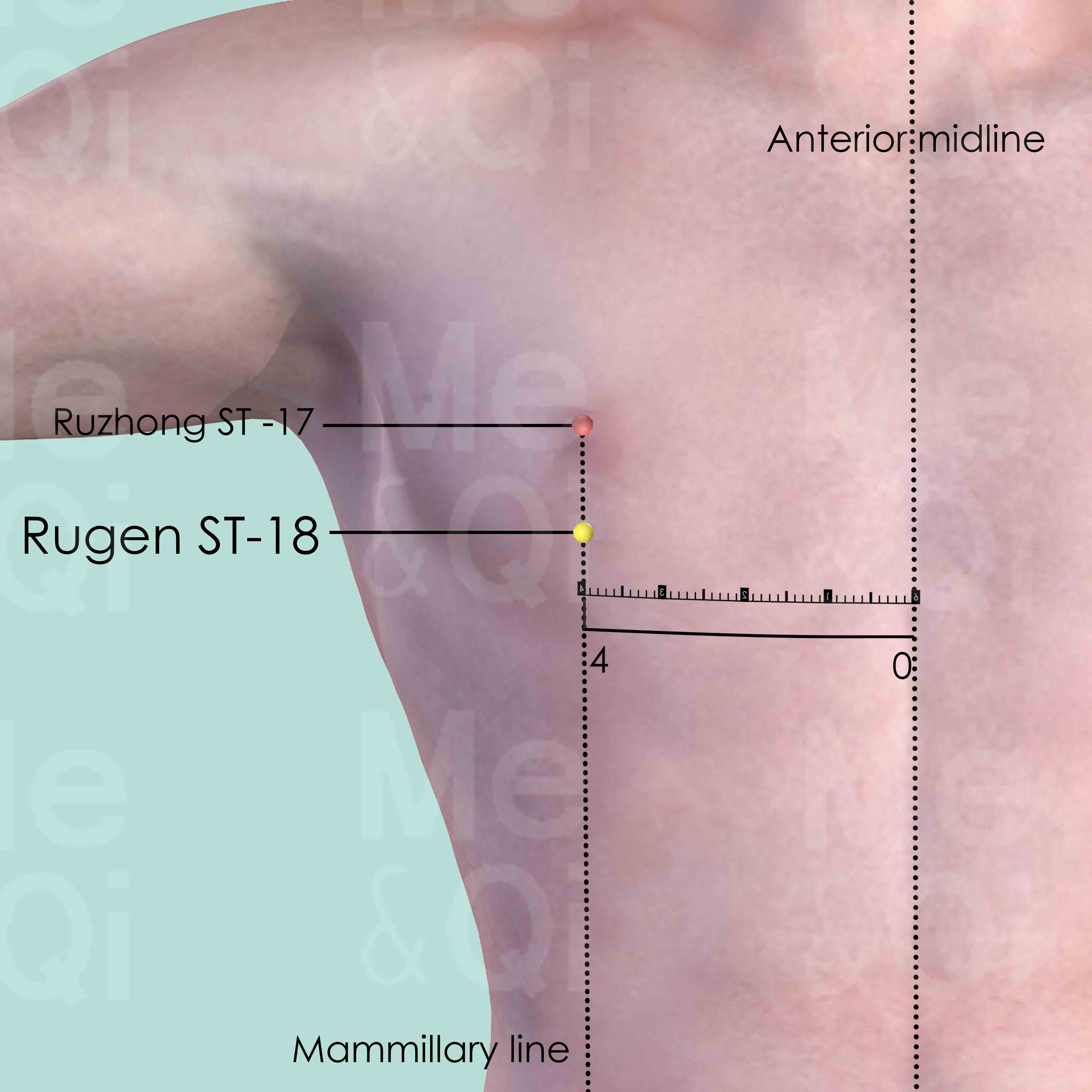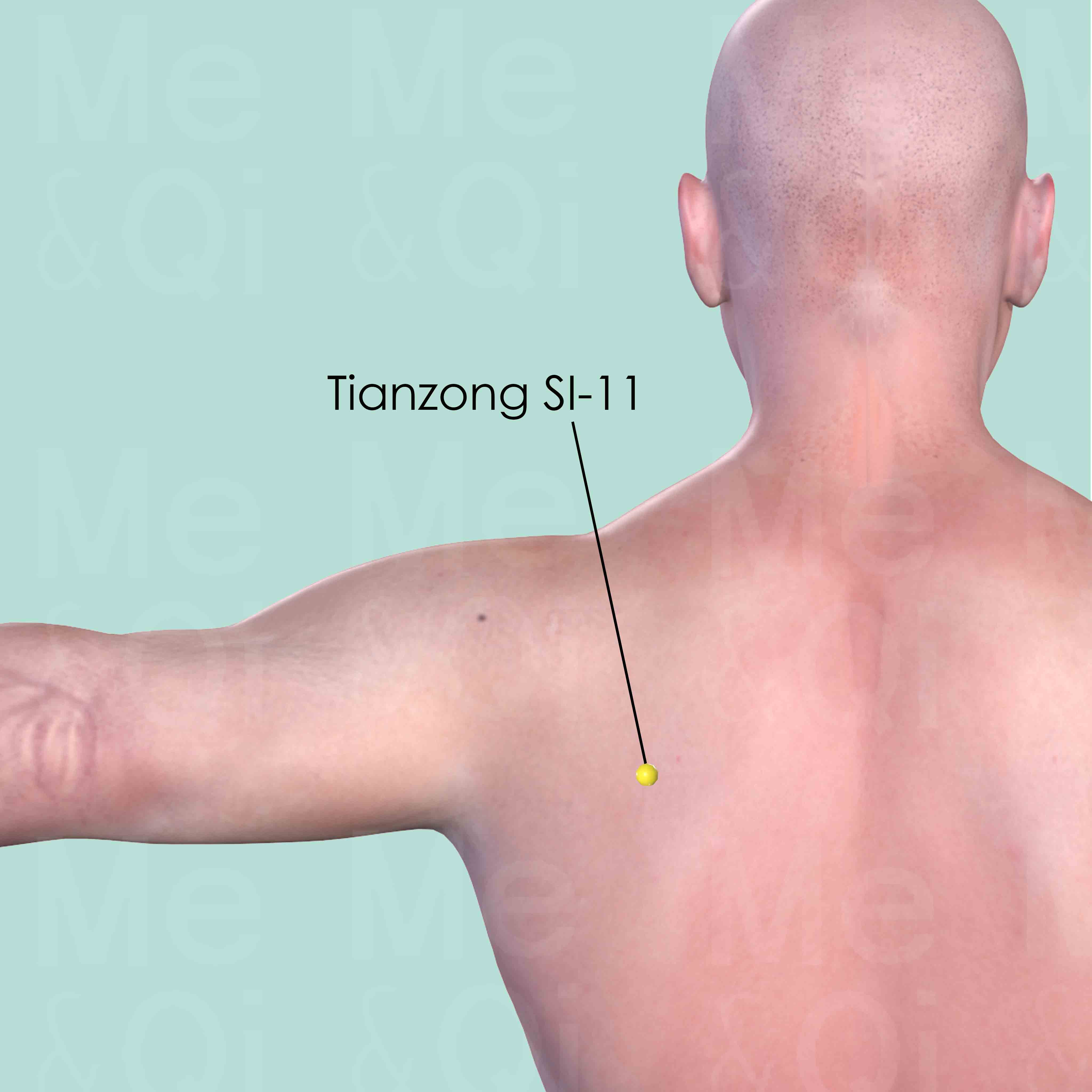Breast Hardnessaccording to TCM
Symptom families: Female Breast Conditions, Lumps, Swellings & Abscesses
Did you mean? Breast Lumps
What is Breast Hardness?
Breast hardness is a condition where areas of the breast tissue feel unusually firm to the touch. It may affect part or all of the breast and can arise due to various reasons including breastfeeding, hormonal changes, underlying cysts, or benign breast conditions. In some cases, it could signal a more serious health issue like breast cancer, necessitating a medical evaluation for proper diagnosis and treatment.
How does TCM view Breast Hardness?
Traditional Chinese Medicine (TCM) perceives breast hardness as a manifestation of Qi Stagnation and Blood Stasis within the body's meridians, primarily in the Liver Channel which traverses the breasts. TCM stresses the significance of identifying the specific disharmony pattern causing the symptom, as it steers the treatment.
It acknowledges the interconnectedness of emotions, environment, and internal organ health, postulating that stress and emotional upheaval can directly impact the flow of Qi and Blood, leading to physical symptoms like breast hardness.
Root Causes of Breast Hardness in TCM
In TCM, breast hardness often results from an obstruction in the flow of Qi and Blood, usually attributable to emotional distress leading to Liver Qi Stagnation. Alternatively, it may be caused by Heat accumulating in the Stomach Channel, presenting as inflammatory conditions or infections.
TCM treatments aim to soothe the Liver, regulate Qi, dispel Heat, and promote Blood circulation to alleviate the hardness. Practitioners tailor treatments to the individual's pattern of imbalance, utilizing a combination of herbs, acupuncture, and lifestyle recommendations to restore harmony and health.
Explore below more details about what might cause Breast hardness according to TCM.
- By Syndrome
- By Organ
- Qi Stagnation
- Heat
- Liver
- Stomach
Qi Stagnation
Qi Stagnation in TCM is like having a traffic jam in your body's energy system. Qi, the vital life force that flows through your body, is supposed to move smoothly to maintain health and balance. But with Qi Stagnation, this flow gets blocked or slowed down, like cars stuck on a highway. This can lead to symptoms like feeling stressed, emotional mood swings, and physical discomfort, often described as a feeling of fullness or tightness, especially in the chest or abdomen. It's as though the body's internal energy circulation is disrupted, causing various issues. TCM sees this as an energy flow problem, different from modern medicine's focus on specific physiological processes.... see more
Qi Stagnation Patterns That Can Lead to Breast Hardness
| Pattern Name | Relevant Symptoms | Relevant Formulas |
|---|---|---|
| Liver Qi Stagnation | Breast hardness, Hypochondriac distention, Chest distension, Upper abdominal distension, Abdominal distention, Sighing, Melancholia, Depression, Mood swings, Irregular periods, Globus sensation, Pre menstrual breast distension, Pre menstrual tension, Anxiety, Anger... see more | Gua Lou San | Xia Ru Yong Quan San | Xiao Yao San | Yue Ju Wan |
Heat
In TCM "Heat" signifies an excess of Yang energy, leading to an imbalance where heat predominates over the body's cool Yin aspects. This condition is metaphorically akin to an internal over-heating. Symptoms indicative of Heat can include feelings of warmth, fever, sweating, irritability, red face, thirst with a preference for cold drinks, and a rapid pulse. The tongue may appear red with a yellow coating. Unlike the common interpretation of heat in terms of temperature, in TCM, it represents a state of hyperactivity or inflammation in the body.... see more
Heat Patterns That Can Lead to Breast Hardness
| Pattern Name | Relevant Symptoms | Relevant Formulas |
|---|---|---|
| Stomach Fire or Stomach Heat | Breast hardness, Toothache, Headaches, Stomatitis, Periodontitis, Glossitis, Trigeminal neuralgia, Diabetes, Viral myocarditis, Breast engorgement, Breast lumps... see more | Gua Lou San |
Liver
In TCM the Liver is viewed as the organ responsible for the smooth flow of Qi, Blood, and emotions throughout the body. It plays a key role in regulating mood, storing blood, supporting digestion, and ensuring the health of tendons and eyes. When the Liver malfunctions or is imbalanced in TCM, it can lead to a range of issues such as irritability, mood swings, menstrual irregularities, eye problems, and muscular stiffness or pain. A malfunctioning Liver in TCM reflects not only physical disturbances but also emotional and mental disharmony, emphasizing the holistic approach of TCM in addressing health and wellness.... see more
Liver Patterns That Can Lead to Breast Hardness
| Pattern Name | Relevant Symptoms | Relevant Formulas |
|---|---|---|
| Liver Qi Stagnation | Breast hardness, Hypochondriac distention, Chest distension, Upper abdominal distension, Abdominal distention, Sighing, Melancholia, Depression, Mood swings, Irregular periods, Globus sensation, Pre menstrual breast distension, Pre menstrual tension, Anxiety, Anger... see more | Gua Lou San | Xia Ru Yong Quan San | Xiao Yao San | Yue Ju Wan |
Stomach
In TCM the Stomach is regarded as the "sea of nourishment," pivotal for digesting food and transforming it into Qi and blood. It works closely with the Spleen to distribute these essential nutrients throughout the body. When the Stomach is out of balance or malfunctions in TCM, it often leads to digestive problems such as bloating, nausea, vomiting, poor appetite, or a feeling of fullness. There may also be issues like acid reflux or a sour taste in the mouth. Emotionally, an imbalanced Stomach can contribute to excessive worry and overthinking, reflecting the TCM belief that physical and emotional well-being are deeply interconnected.... see more
Stomach Patterns That Can Lead to Breast Hardness
| Pattern Name | Relevant Symptoms | Relevant Formulas |
|---|---|---|
| Stomach Fire or Stomach Heat | Breast hardness, Toothache, Headaches, Stomatitis, Periodontitis, Glossitis, Trigeminal neuralgia, Diabetes, Viral myocarditis, Breast engorgement, Breast lumps... see more | Gua Lou San |
TCM Herbal Formulas for Breast Hardness
The TCM approach to treating breast hardness may include the use of formulas like Gua Lou San, which incorporates Snake Gourds to transform Phlegm and cool Heat, addressing both Qi Stagnation and Heat patterns.
For Beast Hardness due to breastfeeding, with patterns such as ‘jealousy breast’ (or ‘blow breast’), formulas such as Tuo Li Xiao Du San, rich in Milkvetch Roots, might be prescribed to clear abscesses and nourish Qi. These treatments reflect the TCM principle that therapy must resonate with the unique pattern displayed by the individual.
Explore below some TCM herbal formulas used to address breast hardness, organized by cause and by formula type.
- By Cause
- By Formula Type
- Qi Stagnation
- Heat
- Formulas that clear heat and resolve toxicity
- Formulas that clear internal abscesses and sores
- Formulas that invigorate blood and dispel blood stagnation
- Formulas that harmonize liver-Spleen
- Formulas that promote qi movement
Top Formula for Qi Stagnation:
Gua Lou San
Suitable for Qi Stagnation patterns that may cause breast hardness, such as Liver Qi Stagnation
Learn moreAll Formulas Recommended for Breast Hardness Caused by Qi Stagnation
| Formula | Patterns Suitable For |
|---|---|
| Gua Lou San | Liver Qi Stagnation |
| Xia Ru Yong Quan San | Liver Qi Stagnation |
| Xiao Yao San | Liver Qi Stagnation |
| Yue Ju Wan | Liver Qi Stagnation |
Top Formula for Heat:
Gua Lou San
Suitable for Heat patterns that may cause breast hardness, such as Stomach Fire or Stomach Heat
Learn moreFormulas that clear Heat and resolve toxicity
These formulas are suitable for some breast hardness-causing patterns like Liver Qi Stagnation or Stomach Fire or Stomach Heat.
One such formula is Gua Lou San, with snake gourd as a key herb.
Formulas that clear internal abscesses and sores
These formulas are suitable for some breast hardness-causing patterns like Jealous Breast (Du Ru) or Blow Breast (Chui Ru).
One such formula is Tuo Li Xiao Du San, with milkvetch root as a key herb.
Formulas that invigorate Blood and dispel Blood Stagnation
These formulas are suitable for some breast hardness-causing patterns like Liver Qi Stagnation.
One such formula is Xia Ru Yong Quan San, with dong quai as a key herb.
Formulas that harmonize Liver-Spleen
These formulas are suitable for some breast hardness-causing patterns like Liver Qi Stagnation.
One such formula is Xiao Yao San, with bupleurum root as a key herb.
Formulas that promote Qi movement
These formulas are suitable for some breast hardness-causing patterns like Liver Qi Stagnation.
One such formula is Yue Ju Wan, with atractylodes rhizome as a key herb.
Acupoints for Breast Hardness
TCM also recommends specific acupoints to alleviate breast hardness. Jianjing GB-21, situated on the shoulder, can relieve channel obstructions and aid lactation, while Rugen ST-18 on the chest benefits the breasts directly.
Additionally, activating Tianzong SI-11, located in the scapular region, can open channels, promote chest Qi circulation, and directly influence breast health. These points, when stimulated, may help reduce breast hardness and restore the natural flow of energy and blood within the breast tissue.
Explore below some acupoints used to address breast hardness, organized by meridian.
- By Meridian
- Gall Bladder Channel
- Stomach Channel
- Small Intestine Channel

Jianjing GB-21
Midway between Dazhui DU-14 and the lateral extremity of the acromion, at the highest point of the shoulder.

Rugen ST-18
In the 5nd intercostal space, on the mammillary line, 4 cun lateral to the anterior midline.

Tianzong SI-11
In the intrascapular fossa, at the junction of the upper and middle third of the distance between the lower border of the scapular spine and the inferior angle of the scapula.
